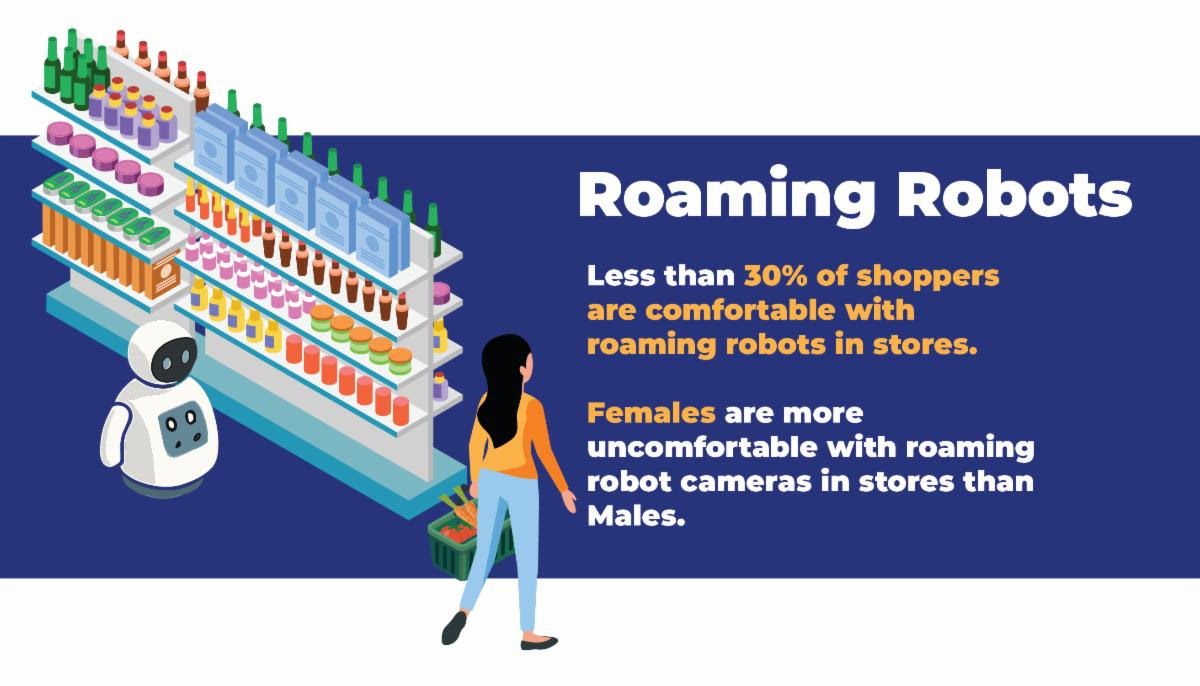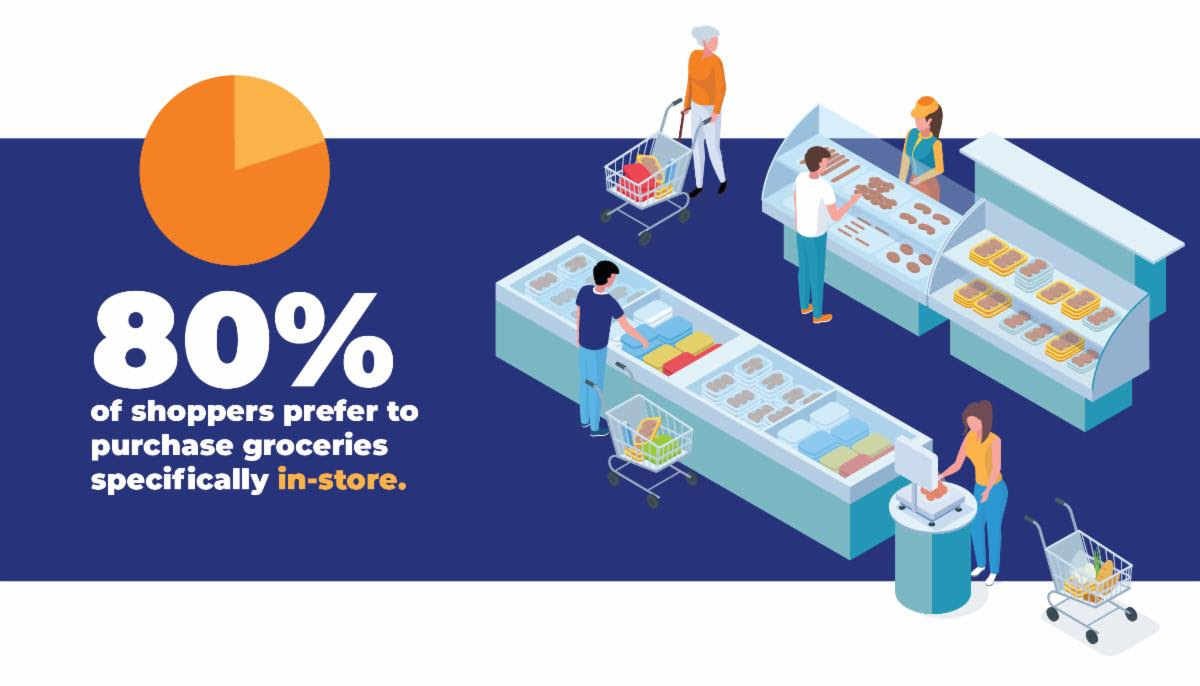A new consumer study conducted by SPAR Group Inc. reveals that product availability is the single most important factor for consumers when choosing to shop in-store, with 74 percent citing it as their top priority.
At the same time, 73 percent of shoppers identify out-of-stocks as a leading barrier to the in-store experience, underscoring the need for retailers to maintain well-stocked shelves.
“The first rule of retail is that empty is always wrong. After decades of investment, inventory in-stock, plan-o-gram compliance and optimal replenishment remains elusive,” said Mike Matacunas, president and CEO of SPAR Group.
“Retailers and brands pay for data based on point-of-sale transactions as a proxy to monitoring inventory velocity, but this information is too late to make a difference. It’s like driving your car looking in the rear-view mirror.
“This shopper study underscores the impact of distorted inventory – disappointed consumers, lost sales, lower margins. I am encouraged by the trend towards digital shelf innovation but cautious based on the consumer’s plans to navigate tariffs. We need to be bolder as an industry and embrace innovation. Great merchants test and learn.”

Technology and innovation
The 2025 SPAR Consumer Survey highlights a growing interest in technology that enhances the in-store experience but also reveals consumer hesitancy toward certain innovations.
Seventy-one percent of respondents are uncomfortable or unsure with the idea of roaming robots in stores, with women expressing more discomfort than men. Younger shoppers (ages 18-54) are more open to roaming robots.
“Digital shelf monitoring is a growing market. Retailers are testing roving robots, stationery cameras and on-shelf moving field cameras,” Matacunas said. “These promise to capture inventory information to improve plan-o-gram compliance, in-stock integrity and velocity data.
“As ex-retailers, we have sorted through the competitive solutions as a retailer and the winner is obvious. Consumers don’t want technology to interfere with the shopping experience. Retailers don’t want cameras on sticks every few feet. Moving field gondola-based cameras are the ‘best mousetrap’ for retailers.”
Economic concerns and shopper behavior
Nearly half of shoppers are very concerned about tariffs, particularly regarding grocery prices. Many expect to seek out more coupons or sales, buy less overall or switch brands.
Younger shoppers (ages 18–39) are especially likely to anticipate significant increases in expenses and express higher levels of concern.
“Consumers intend on reducing spend or switching brands as tariffs continue to roll out. The impact of tariffs further exacerbates consumer’s frustration with inventory availability. Retailers and brands need to be more proactive investing in process and technology to improve availability and remain competitive,” Matacunas said.
Retailer rankings
Walmart continues to lead in in-store experience and app helpfulness, especially among lower-income households. Target remains a distant second, while higher-income shoppers ($90,000+) show a preference for Costco.

In-store shopping, mobile apps remain essential
Four of five shoppers prefer to buy groceries in-store, driven by the ability to try products, discover new items and plan meals. Loyalty rewards and competitive prices are now equally valued as top benefits of retailer apps.
Mobile apps are especially helpful for households earning $100,000-$200,000, while contactless checkout and buy-online-pickup-in-store options appeal to those in the $40,000-$50,000 range.
Other key survey findings:
- Positive in-store drivers: Speedy checkout, in-store promotions, self-checkout options and coupons are top contributors to a positive experience.
- Challenges: Crowds and lack of staff remain significant pain points for shoppers.
- Shopping intentions: 61 percent of respondents expect to shop more in-store over the next six months.
- Technology preferences: Half of shoppers say downloadable coupons and self-checkout encourage them to shop in-store.
- Data sharing: Most shoppers are willing to share data with retailers, but about one in four share data only for specific reasons, a notable increase from last year.
[RELATED: Study Finds Younger Generations Pick Other Retailers Over Supermarkets]


